Australia - Southern frost zaps at least 1Mt from WA crop now seen at 15Mt
19.09.2018 1200 views
ScaleAgData Stakeholder Engagement Event
22.10.2024The ScaleAgData project is pleased to invite you to our second stakeholder event. Building on the discussions and connections formed during our first webinar, this event will focus on fostering collaboration among stakeholders, providing updates on our project’s progress, and outlining future opportunities for engagement.
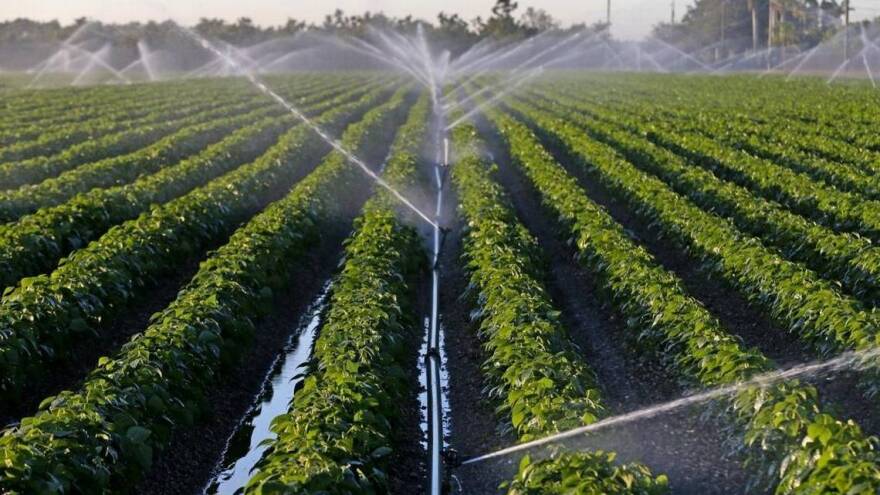
USA - DeSantis Administration Approves $27.4 Million in Conservation and Agricultural Land Protections
Governor Ron DeSantis and the Florida Cabinet on Tuesday approved the protection of more than 21,500 acres of conservation and agricultural land across the state, committing $27.4 million through the Florida Forever and Rural and Family Lands Protection programs.
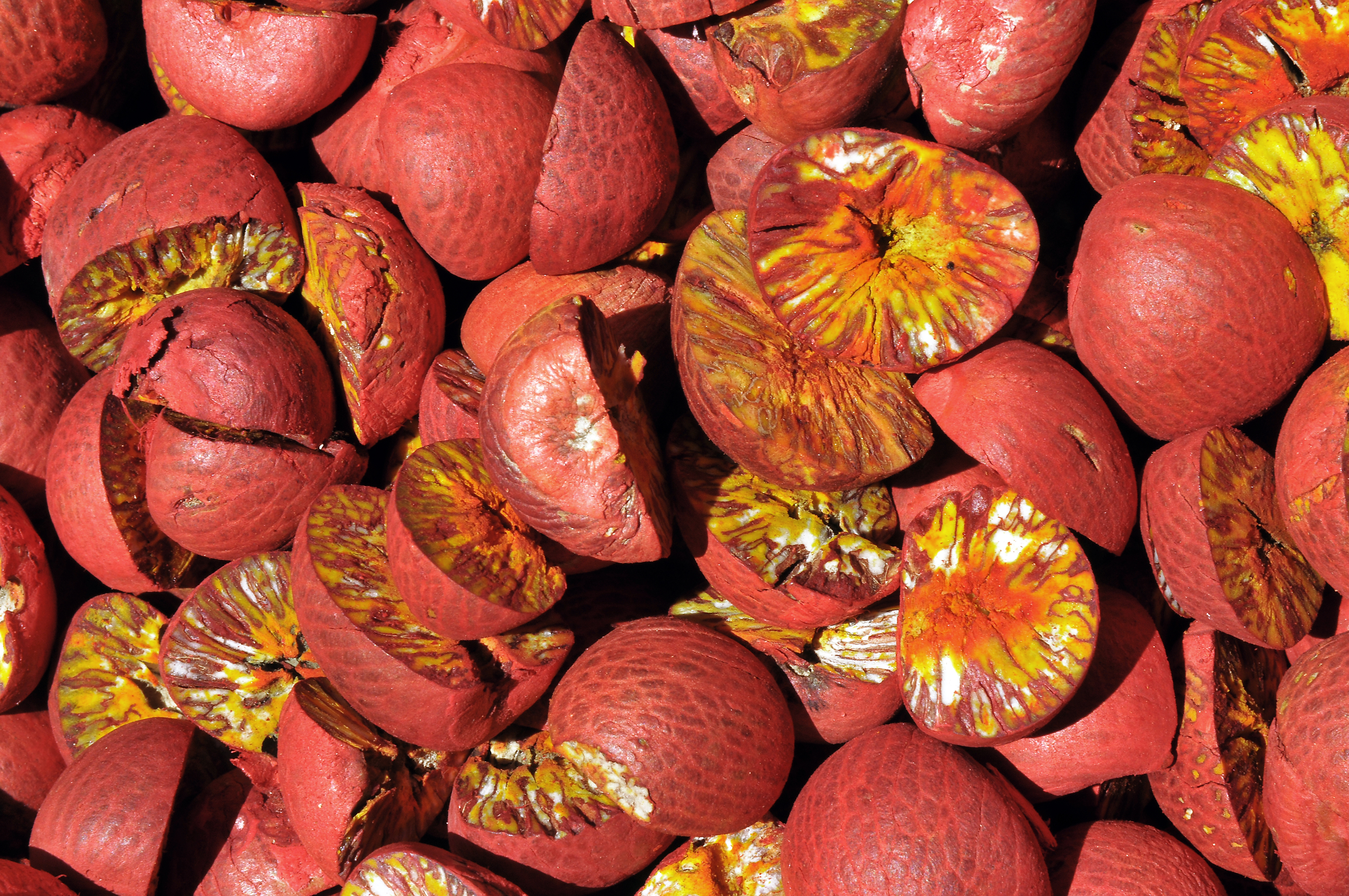
India - Shivamogga arecanut growers reel under rising losses due to crop diseases
The affected area expanded widely, reflecting the growing impact of the diseases on one of the district’s key plantation crops.

Angry farmers block Brussels roads with tractors over Mercosur trade deal
Thousands protest as EU leaders clash over trade pact farmers fear will flood Europe with cheaper South American goods.

Canada - Manitoba Invests $10.5M to Advance Global Agriculture Gate
Manitoba Boosts Gate Funding to $23.5M for Grain Innovation.
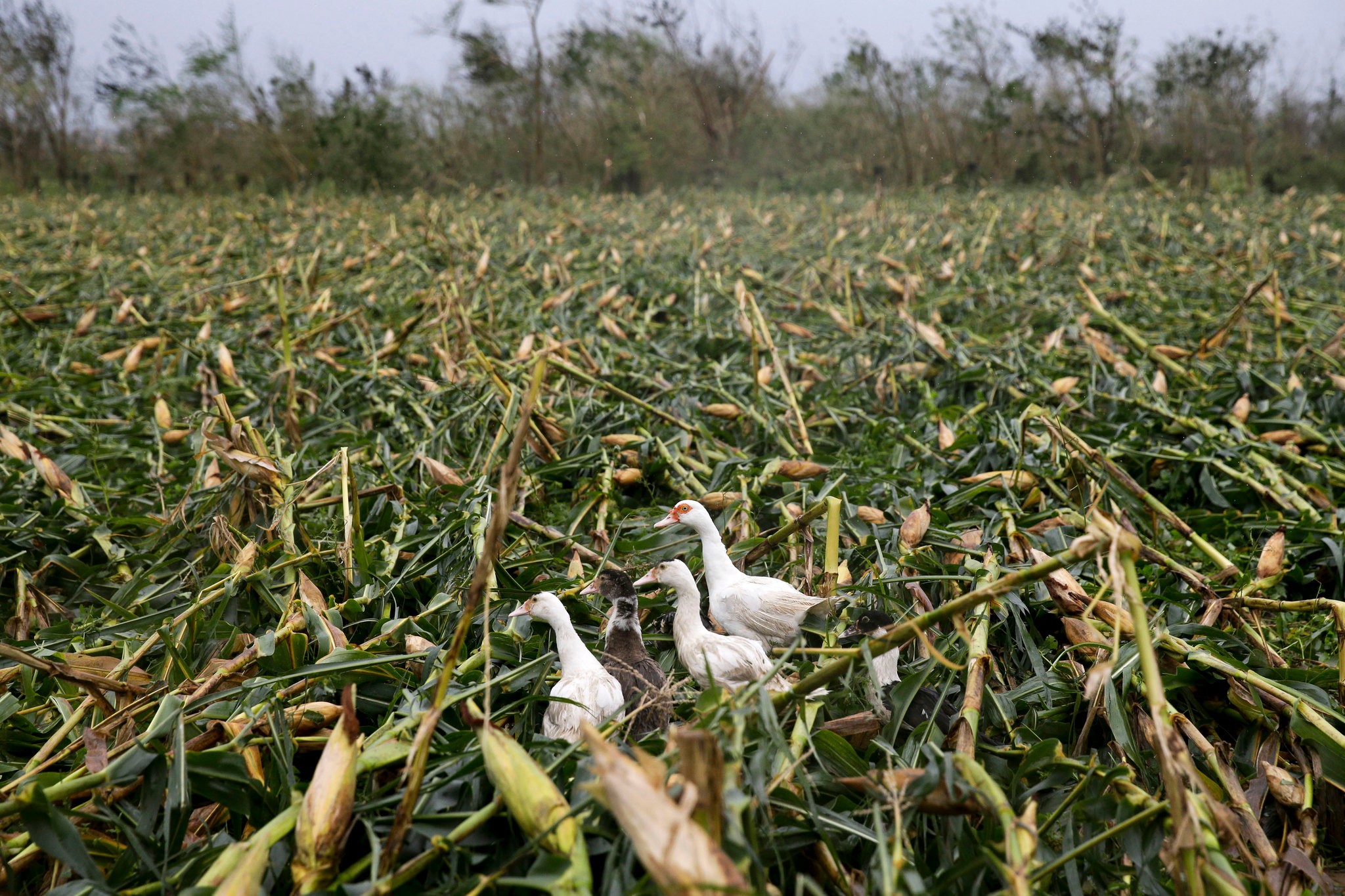
Philippines - State agri insurer speeds up typhoon payouts
More than 3,300 rice and corn farmers in this component city received over ₱11.6 million in crop insurance payouts this week.
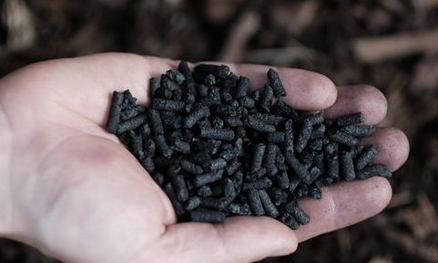
UK - £4m for sustainable agriculture and carbon removal firm relocating to Manchester
Black Bull Biochar (BBB), a UK start-up driving sustainable agriculture and carbon removal, has secured £4m in a late seed funding round to expand operations across the North West of England and accelerate its entry into northern Europe.
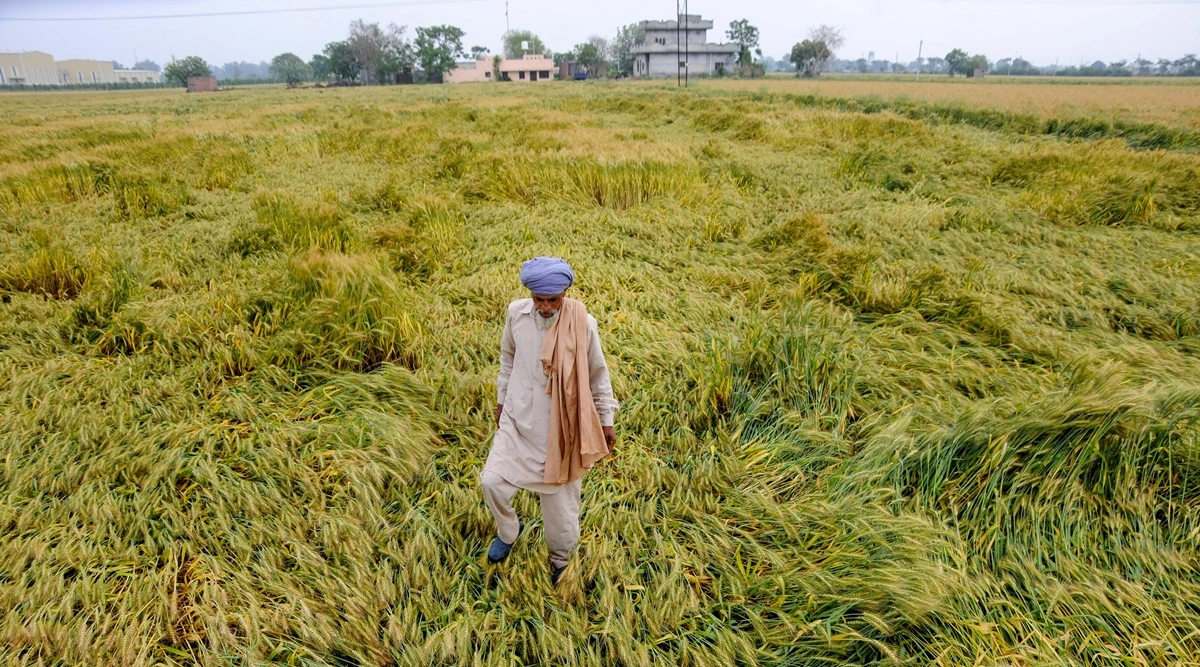
India - Delayed crop loss survey keeps Cauvery delta farmers in limbo
Nearly 90,000 hectares of samba and thalady crops are submerged, raising fears for the next cultivation cycle.

Romanian farmers to get financing support with €25 million EIB loan to Agricover Credit
Romanian farmers will be eligible for extra financing as a result of a €25 million loan that Agricover Credit IFN SA is receiving from the European Investment Bank (EIB).




